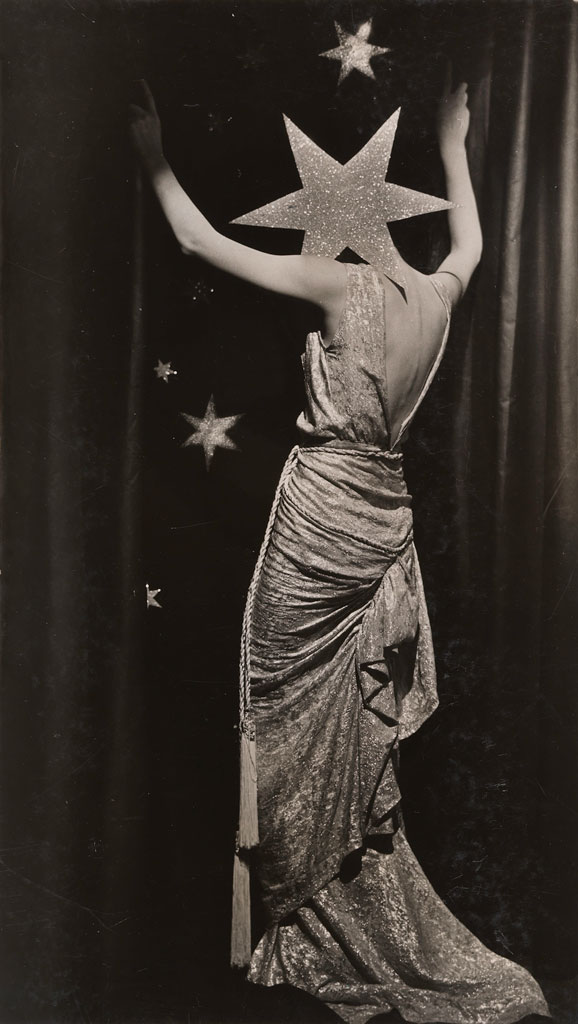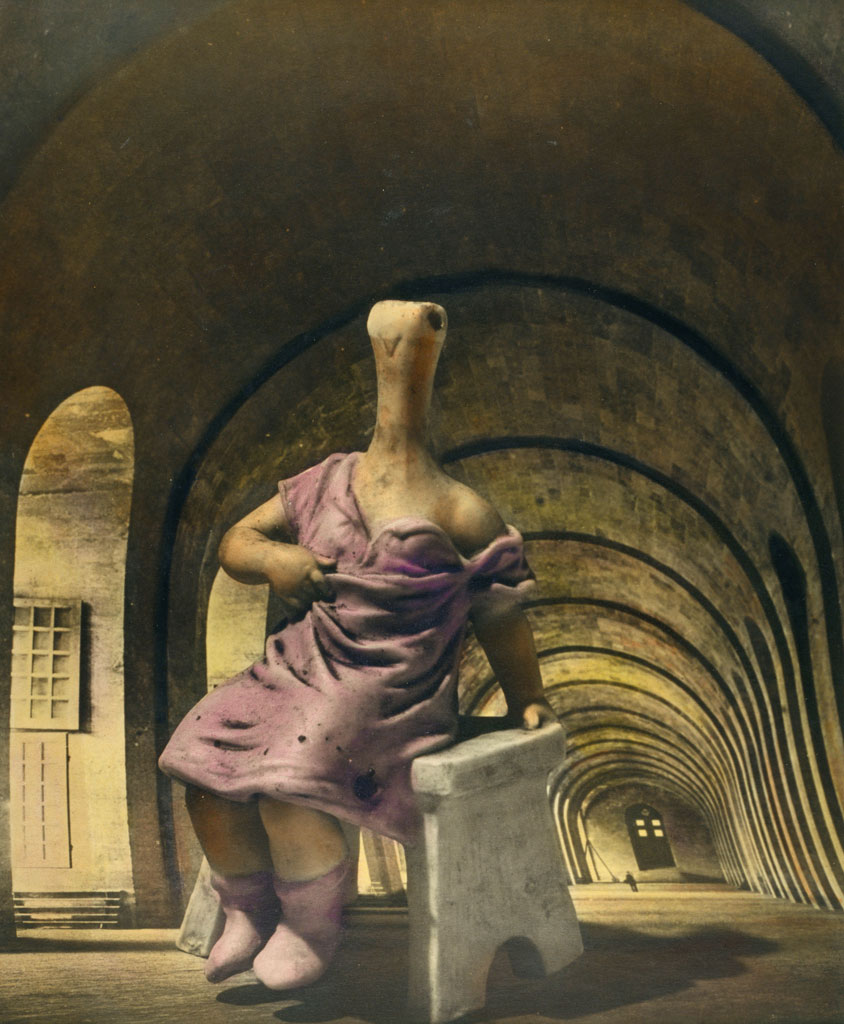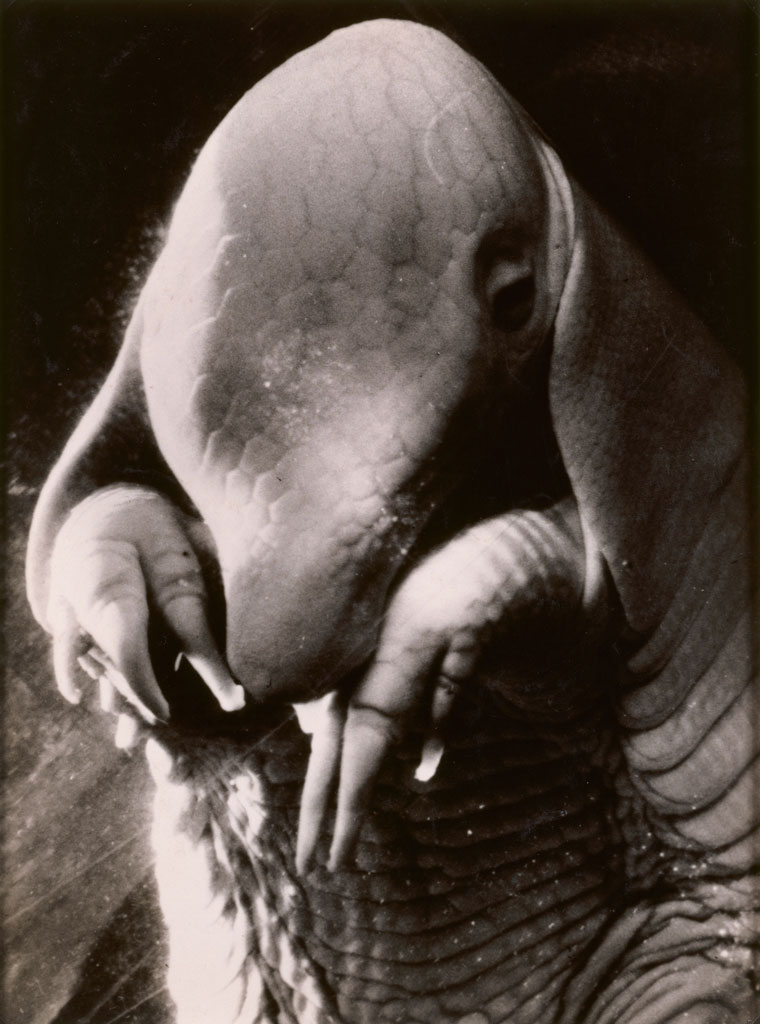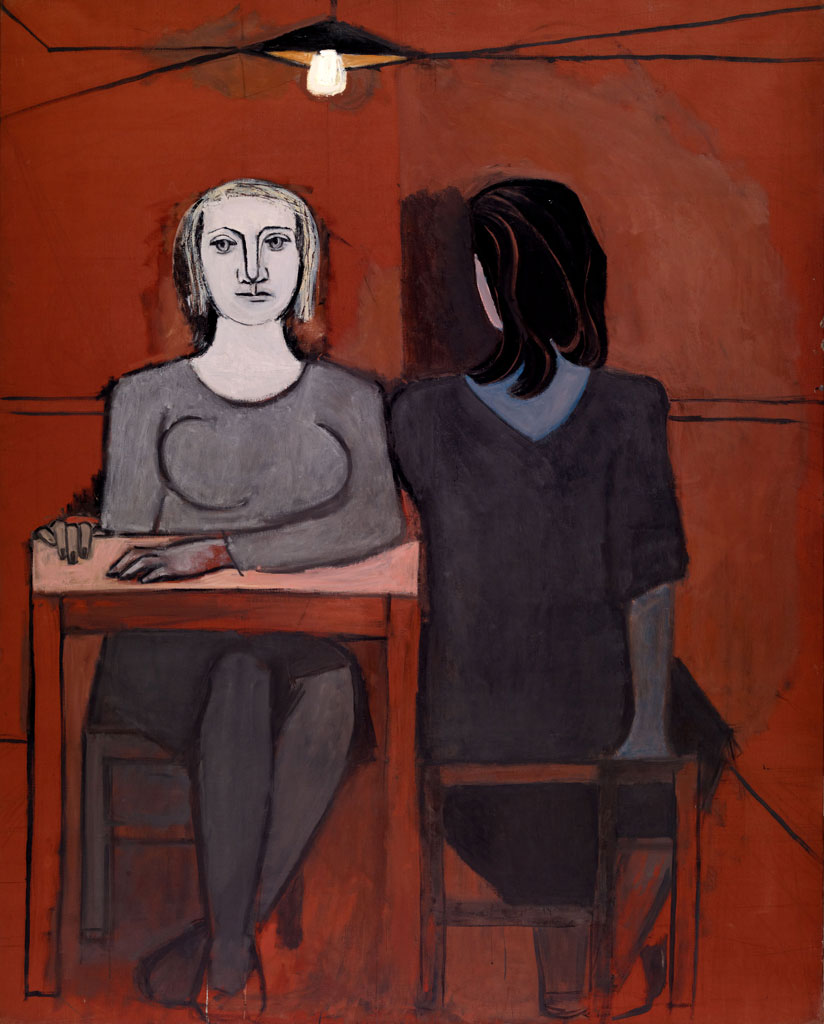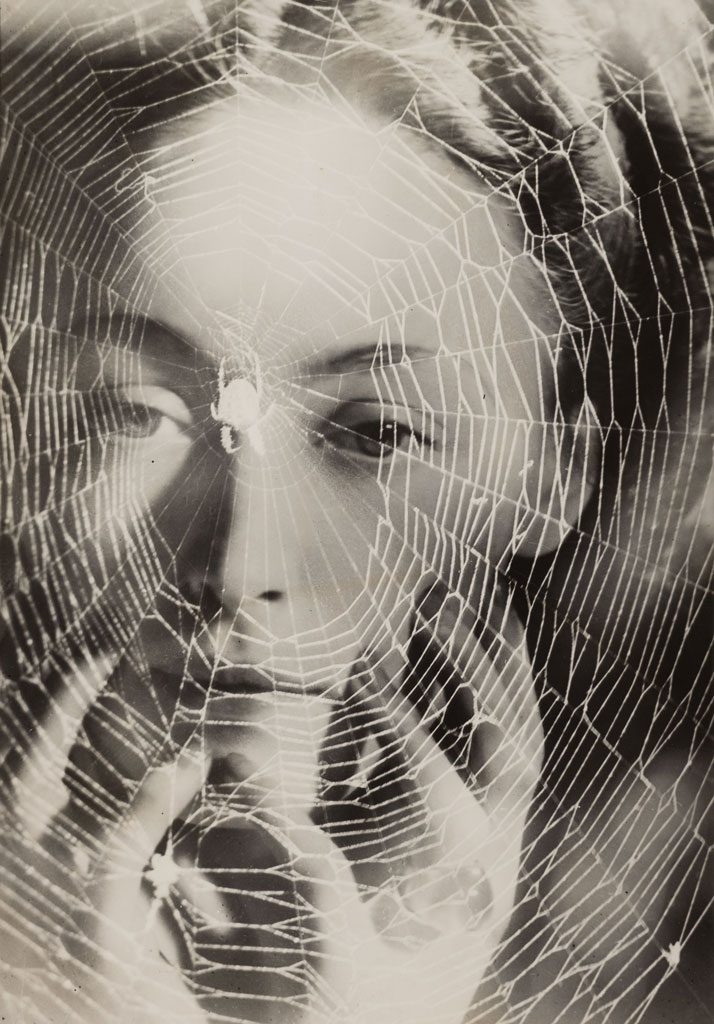PHOTO:Dora Maar
 Dora Maar is often shrouded by Pablo Picasso’s monumental shadow, ardently depicted in his paintings, she became reductively known as his lover, muse and the “Weeping Woman”. However, unbeknownst to many, Dora Maar is an artist in her own right. Her provocative photographs and photomontages became celebrated icons of surrealism.
Dora Maar is often shrouded by Pablo Picasso’s monumental shadow, ardently depicted in his paintings, she became reductively known as his lover, muse and the “Weeping Woman”. However, unbeknownst to many, Dora Maar is an artist in her own right. Her provocative photographs and photomontages became celebrated icons of surrealism.
By Efi Michalarou
Photo Tate Archive
Featuring over 200 works from a career spanning more than six decades, the first UK retrospective of the work of Dora Maar, that is on presentation at Tate Modern shows how Maar’s eye for the unusual also translated to her commercial commissions, social documentary photographs, and paintings – key aspects of her practice which have, until now, remained little known. Dora Maar was born Henriette Theodora Markovitch in in Tours, France on 22/11/1907. She was the daughter of a Croatian architect, Joseph Markovitch, and a French woman named Julie Voisin. When Maar was three, the family moved to Buenos Aires following her father’s business prospects. He is most well-known for his work in South America, including the Austro-Hungarian Embassy. While in Argentina, Maar fluently spoke in Spanish and French, while learning to read in English. Maar was left handed – which at the time was rather unacceptable. She was taught to use her right hand for everything. Somehow her painting managed to avoid this change, which she continued to do with her natural left hand. In 1926 her family moved back to Paris where Maar attended the Academie Julian, the female equivalent to the Ecole des Beaux-Arts. It was around this time that she shortened her name to Dora Maar. Her main forms of art making were photography and painting. Dark humor filled her art and her life and she became part of a group of prominent Surrealists. The exhibition opens with the most important examples of these commissioned works. Around 1931, Maar set up a studio with film set designer Pierre Kéfer specialising in portraiture, fashion photography and advertising. Works such as “Untitled (Les années vous guettent)” (c.1935) believed to be an advertising project for face cream that Maar made by overlaying two negatives reveal Maar’s innovative approach to constructing images through staging, photomontage and collage. Striking nude studies such as that of famed model Assia Granatouroffalso reveal how women photographers like Maar were beginning to infiltrate relatively taboo genres such as erotica and nude photography. During the 1930s, Maar was active in left-wing revolutionary groups led by artists and intellectuals including one called “Appel a la lute”. Reflecting this, her street photography from this time shot in Barcelona, Paris and London captured the reality of life during Europe’s economic depression. Maar shared these politics with the surrealists, becoming one of the few photographers to be included in the movement’s exhibitions and publications. A major highlight of the exhibition are examples of this area of Maar’s practice, including “Portrait d’Ubu” (1936), an enigmatic image thought to be an armadillo foetus, and the renowned photomontages “29, rue d’Astorg “ (c.1936) and “Le Simulateur” (1935). Collages and publications by André Breton, Georges Hugnet, Paul and Nusch Eluard, and Jacqueline Lamba place Maar’s work in context with that of her inner circle. In the winter of 1935–6 Maar met Pablo Picasso and their relationship of around eight years had a profound effect on both their careers. With her first exhibition at the Galerie de Beaune in 1937, Maar is considered one of the most significant Surrealist photographers. She was a figure who truly embodied the “convulsive beauty” ideal expressed by André Breton. She documented the creation of his most political work “Guernica” (1937) offering unprecedented insight into his working process. He in turn immortalised her in the motif of the “Weeping Woman”. Together they made a series of portraits that combined experimental photographic and printmaking techniques, anticipating her energetic return to painting in 1936. Featuring rarely seen, privately-owned canvases such as “La Conversation” (1937) and “La Cage” (1943), and never-before exhibited negatives from the Dora Maar collection at the Musée National d’art Moderne, the exhibition sheds new light on the dynamic between these two artists during the turbulent wartime years. By 1942 there was trouble in their relationship. Both were disheartened by current events and by the natural difficulties of a romance between two strong willed people. Maar became very jealous when Picasso met François Gilot, and did not handle their budding romance well. In 1946 Maar’s affair with Picasso ended for good. She suffered a nervous breakdown which put her in a psychiatric hospital where she endured three weeks of electric shock treatment. Luckily, she was removed from the hospital and placed into private clinic with the help of friend Paul Eluard. After two years in the clinic and getting heavily involved in the Roman Catholic Church, Maar resumed a more normal life. After this period, she explored diverse subject matter and styles before focusing on gestural, abstract paintings of the landscape surrounding her home. Though these works were exhibited to acclaim in London and Paris into the 1950s, Maar gradually withdrew from artistic circles. As a result, the second half of her life became shrouded in mystery and speculation. The exhibition reunites over 20 works from this little-known – yet remarkably prolific – period. Dora Maar concludes with a substantial group of camera-less photographs that she made in the 1980s when, four decades after all but abandoning the medium, Maar returned to her darkroom. The final exhibition of her work before her death was held in 1990 at the 1900-2000 gallery in Paris. Around this time, she was a dedicated follower of the auction results for Picasso’s works, and indeed lived off the sales of the ones in her possession at the end of her life. When asked why she held onto the pictures for so long before selling them, she remarked, “I’ll tell you why, because they’re mine. On the walls of a gallery, maybe they’re worth only half a million. On the walls of Picasso’s mistress, they’re worth a premium, the premium of history”.
Info: Curators: Karolina Ziebinska-Lewandowska, Damarice Amao, Amanda Maddox, and Emma Lewis, Tate Modern, Bankside, London, Duration: 20/11/19-15/3/20, Days & Hours: Mon-Thu & Sun 10:00-18:00, Fri-Sat 10:00-22:00, www.tate.org.uk
